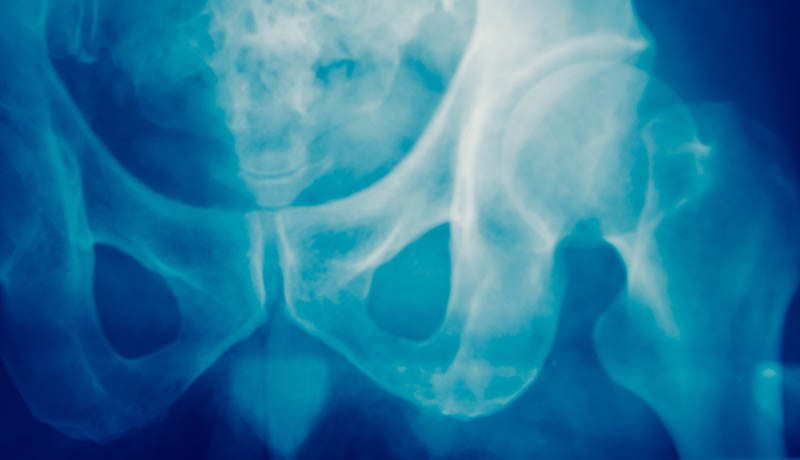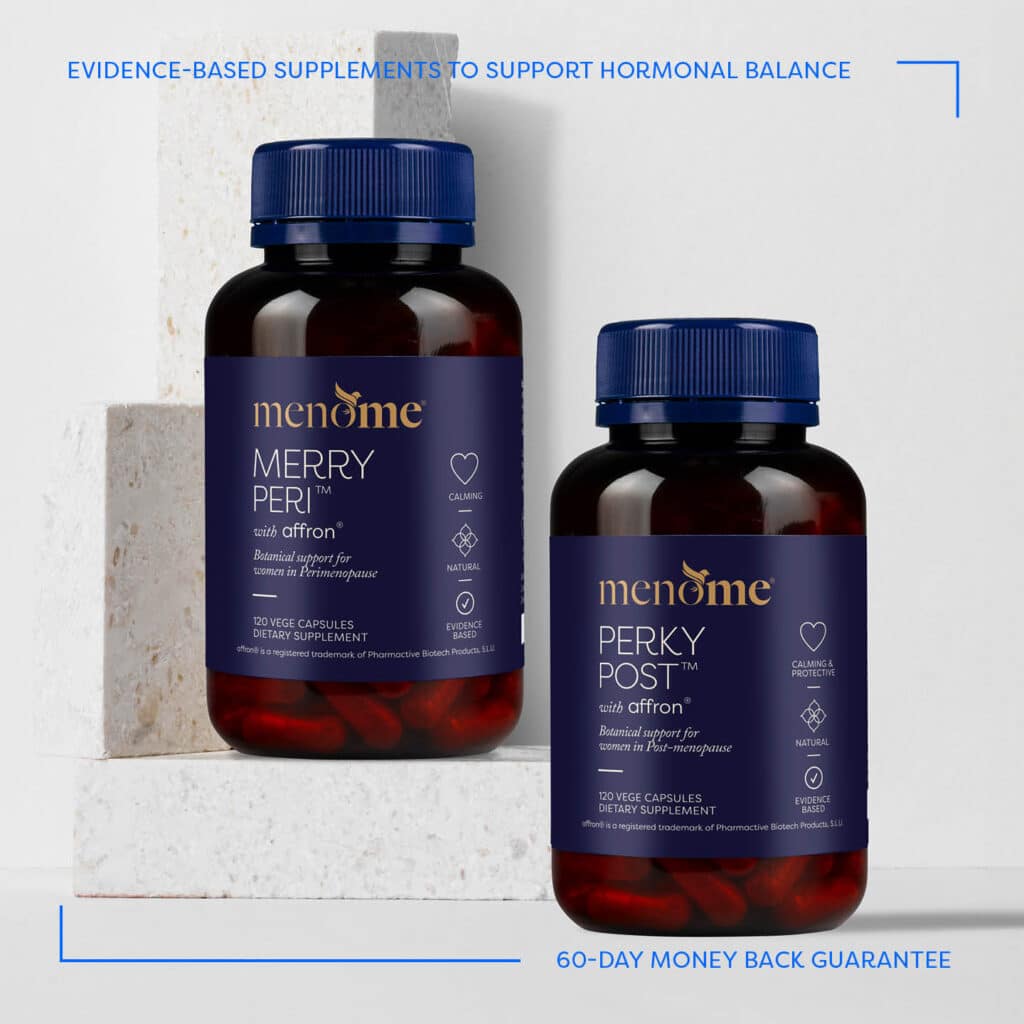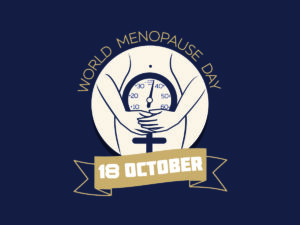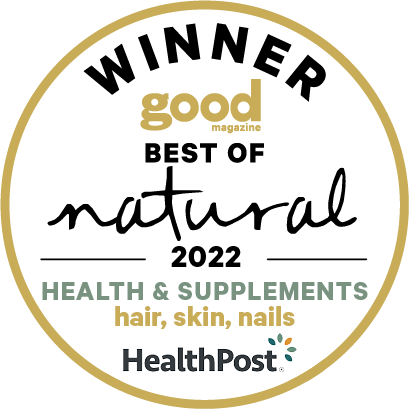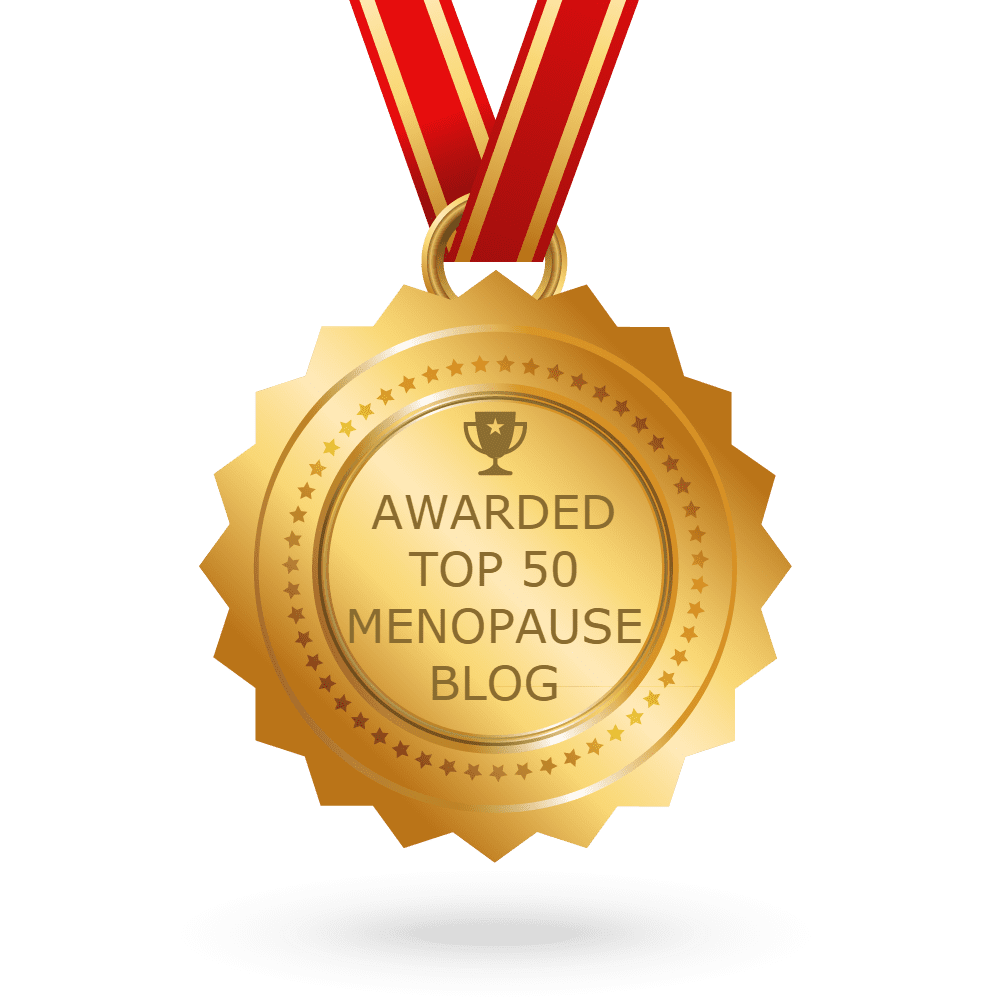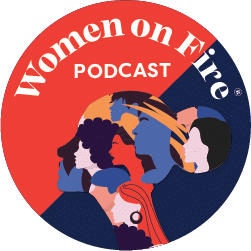Today we’re going to talk about bones. And more specifically osteoporosis, because it’s something we all need to know about. Especially if we’re in pre-, peri- or post-menopause.
If there’s one thing I’ve learned it’s that many of us are woefully uneducated when it comes to menopause and health. Particularly when it comes to the conditions we become more vulnerable to such as diminishing bone density and osteoporosis. In fact, the average woman loses 10% of her bone mass in the first five years after menopause.
Oftentimes, in premenopause, perimenopause, menopause and post-menopause it’s been a case of you don’t know what you don’t know. Or you don’t even know it’s knowledge you’ve been missing.
So, let’s get educated.
Let’s get educated. The subject today is bones. And Osteoporosis. Share on X
Osteoporosis
It’s crucial to be aware that lower levels of estrogen affect our bones in a big way. It makes them weaker, less dense and we become more susceptible to osteoporosis. Osteoporosis is a condition that causes bones to break easily.
1 in 4 women will experience osteoporosis post-menopause. Share on X
According to the International Foundation for Osteoporosis, two million Australians are affected by osteoporosis.
In New Zealand, there were 84,000 osteoporosis fractures in 2007 with 60 percent of those occurring in women.
These are big numbers. In fact, the Foundation has created a Risk Factor Sheet, which I’ll give you the link to at the bottom of this page.
So let’s look at the whys.
The Milk Myth
You’ve been brought up to believe that drinking milk will give you strong bones, right? The reality is, this is far from the truth.
Over the past 50 years, the incidence of hip fractures has risen around the world. Interestingly; perhaps frighteningly, the occurrence is greater in countries that have a high consumption of milk products. (That would include Australasia.)

Harvard University conducted a huge study, The Nurses Study, which followed 78,000 nurses for over a decade. It found that those who drank two or more glasses of milk daily had twice the hip fracture risk of those who drank a glass a week or less.
“Data does not support the hypothesis that higher consumption of milk by adult women protects against hip or forearms fractures.’’ Source
A Swedish study found that three or more glasses of milk a day was actually associated with an increased risk of fracture. Furthermore, the risk of death increased in comparison to women who drank only one glass per day.
Our Bones
Our bones are living, growing tissue. They’re mostly made up of collagen, which gives them pliability. And the strength and hardness they’re known for comes from a mineral called calcium phosphate.
The combination gives them enough strength and flexibility to withstand stress.
When we’re young the bone rebuilds quickly but as we age, bone loss increases.
Calcium, vitamin D3 with vitamin K2 and exercise, particularly resistance exercise, help maintain it.
However, in the first four to eight years post-menopause the decline in estrogen means we lose bone more rapidly. This can lead to osteoporosis and fractures.
Nutritional Power
When it comes to bone health, a cocktail of nutrients can work together to give us our best defense. Magnesium, phosphorus, boron, copper, manganese, zinc, folic acid, and the vitamins C, D, K, B6 all build good bones.
Of course, protein is king and an essential nutrient for bone health. In addition, good fats will help our bodies absorb the vitamin D we need to strengthen our bones. And calcium, in the presence of good amounts of vitamin D3 is major player.
How Can We Give Our Bones the Best Chance?
- I know I bang on about it, but this one informational nugget will change your life. Eat vegetables, especially leafy greens. Include five to seven portions daily. Even 10!

- Make homemade stock with vegetables and a stick of Kombu seaweed or with fish, chicken, or beef bones. Adding a tablespoon of vinegar helps release the minerals therein.
- Embrace sunflower and pumpkin seeds. They’re full of minerals and good fats and are as tasty as nuts. Toast them for variation.
- Always choose whole grains. They’re a great source of fibre but avoid refined varieties as they can be hard for us to assimilate.
- Dose yourself up with good oils like extra virgin olive, flaxseed, hemp seed, avocado and coconut. They serve up essential fatty acids and our skin loves them.
- Exercise strengthens bones. At least 30 minutes every other day.
- Take up weights. Lifting weights won’t make you over-sized but it will increase your bone density.
Ban From Your Kitchen
Refined sugar, white flour (and anything made with it) like pasta, white bread and muffins. Not only are they addictive, they can also cause blood sugar imbalances and insulin resistance, which leads to weight gain. According to this study, high salt foods should also be avoided.
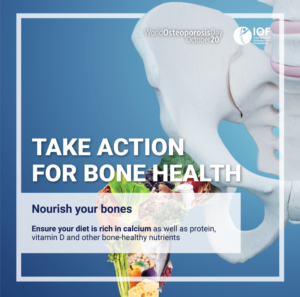
We include vitamin D3 and K2 in Perky Post® which you can purchase here.
The following tests are well worth taking:

